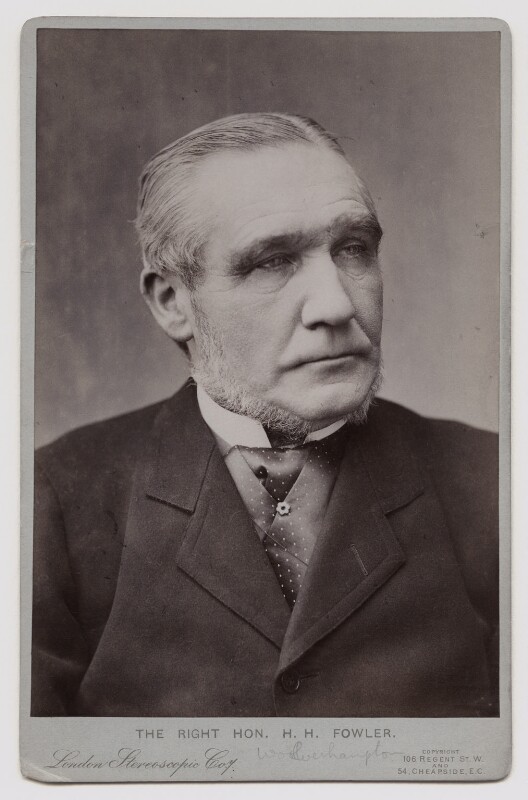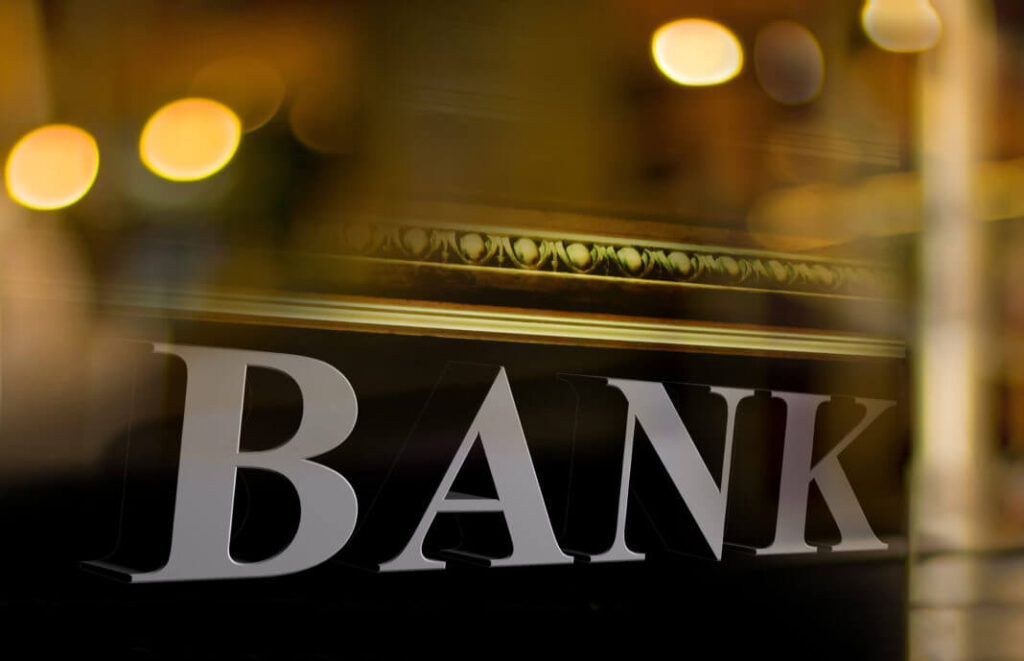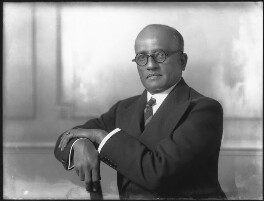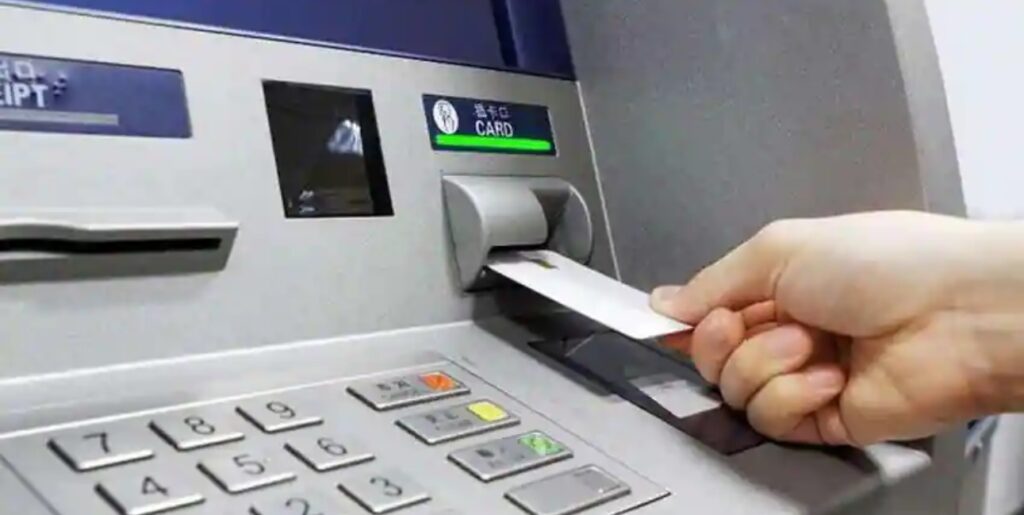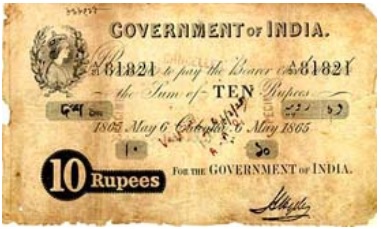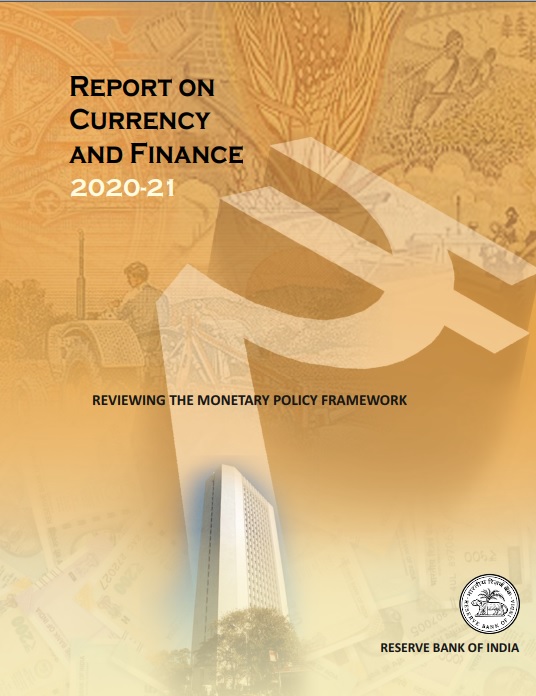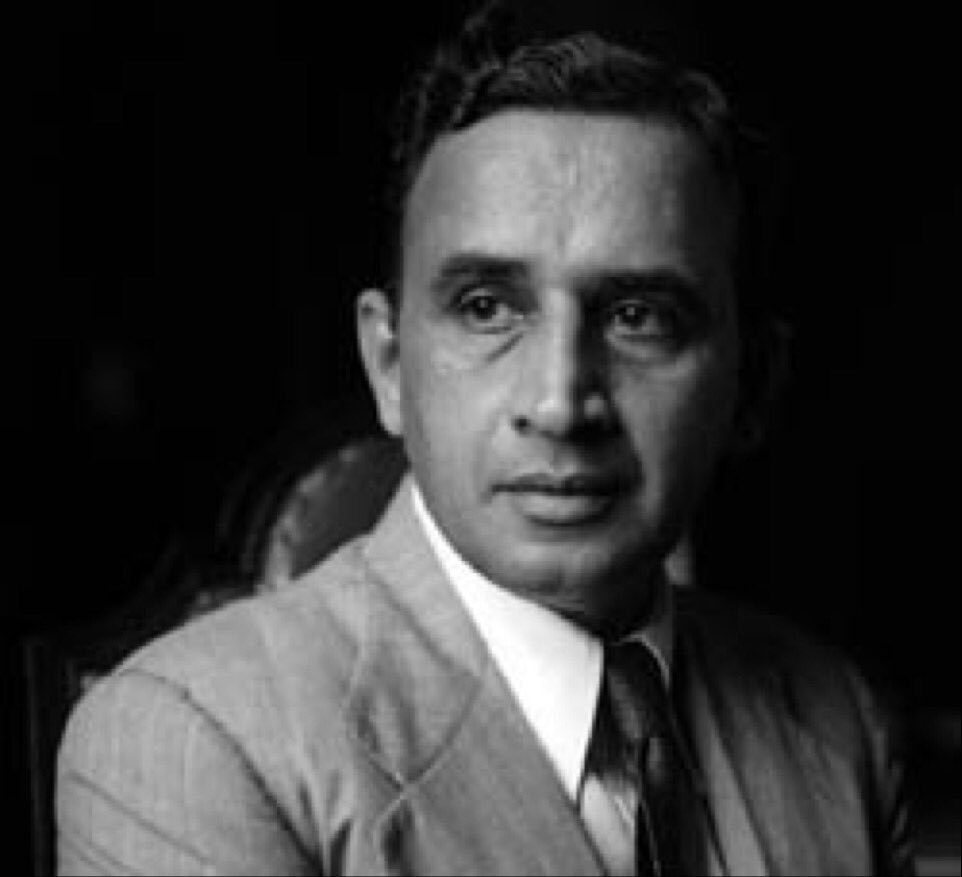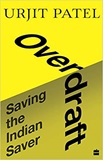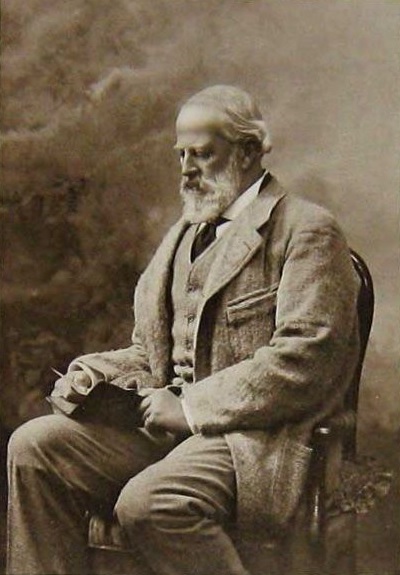
In the history of Indian currency and central banking, the Fowler Committee occupies an important position. But, its relevance went beyond the currency question. One suggestion that emanated from its report was Sir Everard Hambro’s central bank proposal. Hambro suggested establishing a state bank along the lines of the Bank of England and the Bank of France. Hambro’s central bank proposal is contained in a brief note attached to the Fowler Report. It provided the rationale for the proposal. The suggestion went back and forth between Calcutta and London before it was dropped after objections from different quarters. Continue reading “Sir Everard Hambro’s central bank proposal”
![]()
